CoBrA: The Colorful Movement That Broke Every Rule
Author:
GeorgeUpdated:
12.05.2025


- Key Takeaways
- What Was the CoBrA Movement?
- 5 Artists Behind CoBrA
- What Made CoBrA Art So Unique?
- 4 Famous CoBrA Artworks You Should Know
- 1.1. "Questioning Children" by Karel Appel
- 2.2. Asger Jorn and the Influence of "L’Art Brut"
- 3.3. "La fête" by Corneille
- 4.4. Christian Dotremont’s Logograms
- 1.
- CoBrA’s Legacy in Modern Art
- 5.Influence on Abstract Expressionism and Later European Art
- 6.Opening the Door to Collective and Experimental Art-Making
- 7.Contemporary Echoes in Street Art and Outsider Art
- 5.
After World War II, everything in Europe felt dark and broken. People were trying to rebuild their lives, but things didn’t feel right — not even in the art world. Paintings looked cold and serious, like they had lost all feeling.
A group of young artists didn’t want to follow those old, boring rules anymore. They wanted to paint like kids again — wild, messy, full of energy.
One of them, Karel Appel, said it best:
“CoBrA started new, and first of all we threw away all these things we had known and started afresh, like a child — fresh and new.”
That’s how CoBrA was born — an art movement that was loud, colorful, and totally different. In this article, we’ll dive into what made CoBrA so special, the artists behind it, and the wild artworks that changed the way people saw art.
Key Takeaways
CoBrA was an art movement that started in 1948 in Europe.
The artists wanted to break the rules and paint with feeling, not perfection.
They used bright colors, rough lines, and childlike drawings.
CoBrA art was inspired by folk stories, myths, and raw, outsider styles.
The group worked together and believed in creative freedom.
CoBrA influenced modern art, street art, and artist collectives today.
Their work still inspires people to create with honesty and emotion.
What Was the CoBrA Movement?
The CoBrA art movement was born in 1948, when a small group of young artists from Copenhagen, Brussels, and Amsterdam decided they'd had enough of stiff, boring art. Tired of the rules, the critics, and the polished styles that felt disconnected from real life, they wanted something raw and real. That’s actually where the name “CoBrA” comes from — it’s a mash-up of the first letters of the cities they came from.
These artists had just lived through the horrors of World War II, and they weren’t interested in painting pretty pictures. They wanted to express real human emotion — the chaos, fear, joy, and hope that people were feeling. Their art was messy, colorful, spontaneous, and loud, like a scream or a burst of laughter.
The goal of CoBrA wasn’t to impress people — it was to connect. The artists painted like children, wrote like poets, and often worked together on the same canvas. They believed in freedom, not perfection. Mistakes weren’t bad — they were part of the process. CoBrA was more than a style; it was a fresh start.
5 Artists Behind CoBrA
CoBrA wasn’t just one person’s idea — it was a team effort. Each artist brought their own voice, style, and energy to the movement. Together, they made something bold, raw, and completely new.
1. Asger Jorn
Asger Jorn from Denmark was one of the most important thinkers in CoBrA. He believed that art should be playful, emotional, and full of life. His paintings were wild and colorful, with strange creatures and messy shapes. Jorn pushed the group to break rules and trust their instincts.
2. Karel Appel
Karel Appel from the Netherlands was loud both in personality and on canvas. He loved bold colors and thick paint. One of his most famous works, Questioning Children, caused a huge stir because it looked like something a kid might make — but that was exactly the point. Appel believed in painting with freedom, not fear.
3. Constant Nieuwenhuys
Constant Nieuwenhuys, also from the Netherlands, brought big ideas to CoBrA. He was interested in how art could help build a better future. Later, he even imagined futuristic cities with art at their center. During the CoBrA years, he explored how painting and writing could work together to express complex emotions.
4. Corneille
Corneille, born in Belgium but often linked with Dutch artists, filled his paintings with birds, suns, and dreamlike landscapes. His style felt like a mix between a fairytale and a child’s drawing. He believed in keeping the imagination alive, no matter how old you were.
5. Christian Dotremont
Christian Dotremont from Belgium was the poet of the group. He didn’t just write poems. He painted them too, creating what he called “logograms.” His mix of words and images helped shape CoBrA’s voice. It reminded everyone that art isn’t just what you see, but also what you feel.
Together, these five artists — and others who joined them — created a movement that was full of energy, emotion, and endless creativity.
What Made CoBrA Art So Unique?
CoBrA art didn’t try to fit into any box. It broke away from traditional European art and aimed for something raw, emotional, and free. The artists wanted their work to feel real and alive — not perfect or polite. These key features made CoBrA stand out in a world full of stiff, rule-bound art.
- Childlike Drawing Style
CoBrA artists believed children were the most honest artists. Kids don’t worry about staying inside the lines or getting everything "right" — they just create. That freedom and energy inspired CoBrA. Their drawings often looked rough or even messy on purpose. They were filled with weird creatures, playful figures, and simple, expressive forms. The goal wasn’t to copy the world, but to show how it felt.
- Bold, Untamed Color
Forget careful color palettes — CoBrA artists went straight for the most powerful shades. They used thick reds, bright yellows, deep blues, and intense greens, often applied in bold strokes or thick layers. The colors weren’t meant to be pretty or balanced; they were meant to shout, sing, or scream, depending on the mood.
- Inspired by Folk Art, Mythology, and “Primitive” Styles
CoBrA artists rejected fancy, academic styles and looked instead to traditional, indigenous, and ancient art. They admired the storytelling, the symbols, and the way these forms of art were connected to everyday life. Myths, animals, spirits, and symbols often filled their canvases. It made their work feel both timeless and deeply human.
- Emotion First, Technique Second
While many artists focused on perfect technique, CoBrA flipped that idea upside down. Emotion came first — always. Whether it was joy, fear, anger, or wonder, the feeling behind the piece mattered more than how it was painted. Technique wasn’t ignored, but it took a backseat to honesty and expression. Mistakes weren’t fixed; they were embraced.
4 Famous CoBrA Artworks You Should Know
CoBrA artists didn’t just talk about breaking the rules — they showed it on the canvas. Their most powerful works are loud, emotional, and impossible to ignore. These pieces give us a real look into what CoBrA stood for: raw creativity, freedom, and deep human feeling.
1. "Questioning Children" by Karel Appel
This bold relief painting was made using scraps of wood and thick paint. The figures, which look like brightly colored, screaming children, caused shock and confusion when first displayed. Many people thought it looked childish or even ugly. But that’s exactly why it mattered.

Appel was showing the pain and fear of children after war — raw, loud, and impossible to ignore. It became one of the most iconic pieces of CoBrA’s early years.
2. Asger Jorn and the Influence of "L’Art Brut"
Jorn never made just one famous painting — his entire style stood out. He was inspired by l’art brut, or “raw art,” a term used for work created outside traditional art culture, like by children or self-taught artists.

Jorn’s style of paintings were full of chaotic shapes, rough textures, and mysterious figures. They felt wild and spontaneous, like the inside of a dream or a storm. He believed in painting from instinct, not tradition.
3. "La fête" by Corneille
Corneille’s work often looked like a celebration, full of birds, suns, women, and dreamlike colors. La fête (French for “the party” or “the celebration”) captures that joyful, surreal feeling.

The shapes are flat and simple, almost like a child’s collage, and the colors are warm and bright. His art didn’t follow any perspective rules, but it made people feel something — light, playful, and alive.
4. Christian Dotremont’s Logograms
Dotremont didn’t just write poetry — he painted it. His logograms were a mix of language and visual art, where words became part of the artwork itself. He used sweeping, black ink strokes to create abstract, flowing scripts that looked like they belonged in a dream. You often can’t read the words, but you can feel their rhythm and energy.

Dotremont’s logograms were a perfect example of how CoBrA blurred the line between image and text, art and emotion.
CoBrA’s Legacy in Modern Art
Even though CoBrA lasted only a few short years, its impact has stretched far beyond the late 1940s. The movement lit a fire in the art world. It proved that freedom, emotion, and raw creativity could matter more than polish or tradition. Today, you can still see CoBrA’s fingerprints in many forms of modern and contemporary art.
Influence on Abstract Expressionism and Later European Art
CoBrA and American abstract expressionism were happening around the same time, and though they grew separately, they shared a love for spontaneity and emotion. Artists like Jackson Pollock used action and instinct the way CoBrA painters did. In Europe, CoBrA helped break down strict barriers between “high” art and free-form creation. It inspired a wave of experimental painters who weren’t afraid to get messy.
Opening the Door to Collective and Experimental Art-Making
CoBrA wasn’t about one famous artist - it was about working together. The group painted side by side, shared ideas, and mixed writing, painting, and sculpture in surprising ways. This kind of collaboration was unusual at the time but paved the way for artist collectives and cross-genre projects that are common today. CoBrA proved that art could be a shared experience, not just a solo act.
Contemporary Echoes in Street Art and Outsider Art
The bold colors, wild lines, and emotional force of CoBrA can be seen today in street art, graffiti, and outsider art. Artists who work outside the gallery system, whether on city walls or through self-taught methods, often carry that same spirit of rebellion and raw expression. Just like CoBrA, they create from the heart, not for approval.
Conclusion
CoBrA may have been short-lived, but its spirit is still very much alive. It gave artists permission to feel more and control less — to create from instinct, not instruction. In a world that often pushes for perfection, CoBrA reminds us that real beauty can come from chaos, emotion, and childlike imagination.
The movement broke down barriers, mixed art forms, and opened the door for creative freedom that artists still walk through today. Whether in a spray-painted mural or an abstract canvas, the pulse of CoBrA continues to beat.
As Karel Appel once said,
“I just paint like a barbarian in the jungle… I paint the way I feel, like a child.”
That energy — raw, fearless, and full of life — is exactly why CoBrA still matters.
Frequently Asked Questions
What does "CoBrA" stand for?
CoBrA is an acronym made from the first letters of three cities: Copenhagen, Brussels, and Amsterdam — the home cities of the founding artists.
Who were the main artists in the CoBrA group?
Some of the key members were Asger Jorn, Karel Appel, Constant Nieuwenhuys, Corneille, and Christian Dotremont.
Why did CoBrA artists paint like children?
They believed children created art freely, without fear or rules. CoBrA artists wanted to return to that kind of raw, emotional expression.
Can I see CoBrA artworks today?
Yes! Many CoBrA works are displayed in museums, especially in Europe. The CoBrA Museum in the Netherlands is dedicated to their legacy.
When did the CoBrA movement begin and end?
The CoBrA movement began in 1948 and officially ended in 1951. Even though it was short-lived, its impact on modern art lasted much longer.
George, CEO of Photo2painting, is a passionate art lover and entrepreneur. He founded Photo2painting.com from scratch, inspired by his artist friends. As the company's CMO, he manages content and marketing.
Excellent Customer Reviews















































































































































